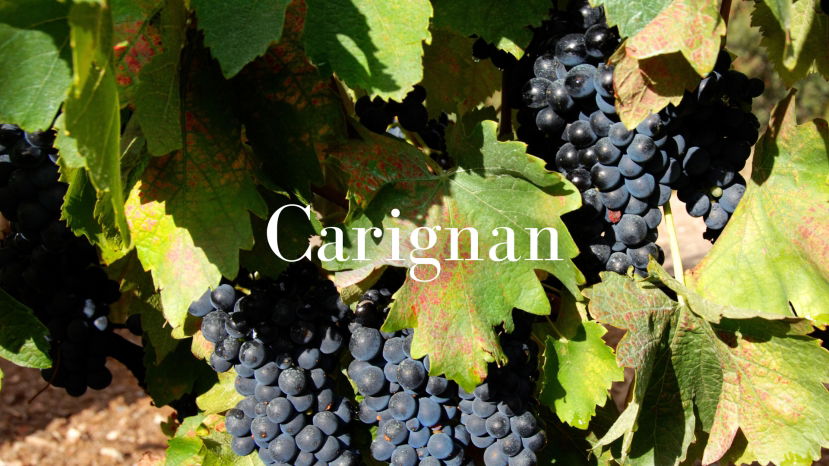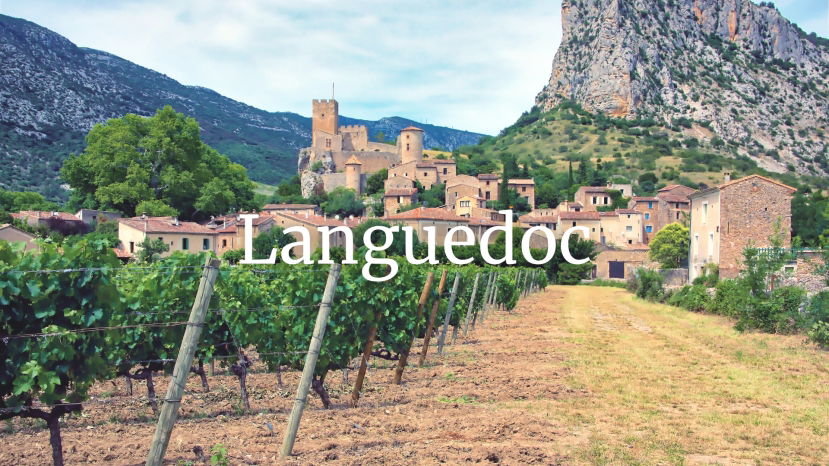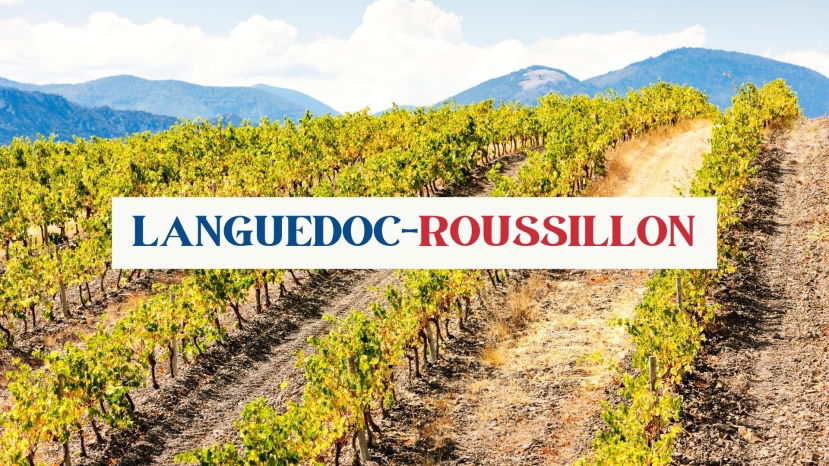BLOG
languedoc wine
Summary: Carignan is much maligned and seldom celebrated. Mediocre, rustic and dilute or concentrated, layered and charming ? Would the real Carignan please stand up ? It is true that Carignan would probably not feature in most people's Top 10 list of favourite grape varieties, but is that justified ? Why are some of the best estates in the Languedoc-Roussillon so keen on Carignan? What is the history and what are the characteristics of this often ridiculed grape
Summary: Without exaggeration, the Languedoc is the region of France that has undergone the most dramatic transformation during the first two decades of the 21st century. Work in both cellar and vineyard has evolved, as it has all over the world. Wine styles are changing, with over-extraction a thing of the past and freshness or fraicheur now the keyword. White wine from the Languedoc
Presenter: Matthew Stubbs MW Matthew has more than 30 years of experience in the wine trade, from importing and distribution to running a supermarket wine department. He passed the Master of Wine exam in 1996 achieving the Bollinger Medal for the best-tasting paper and the Listel Scholarship for the best Vinification paper. He has been actively involved with the Institute ever since, either as Practical Examiner, seminar lecturer or mentor. Since starting his own wine



